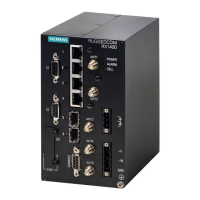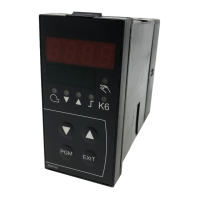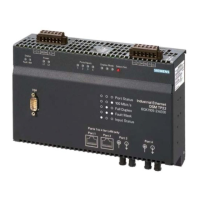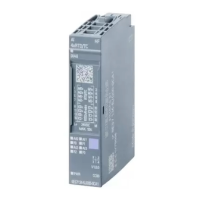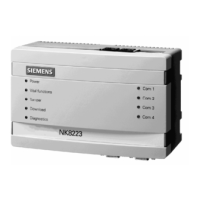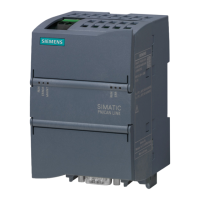Chapter 13
Unicast and Multicast Routing
RUGGEDCOM ROX II
CLI User Guide
564 Deleting a Route Target
Section13.11.6.3
Deleting a Route Target
To delete a route target, do the following:
1. Make sure the CLI is in Configuration mode.
2. Delete the definition key by typing:
no global vrf definition name routing-target [ export | import | both ] community
Where:
• name is the name of the VRF definition
• community is the route distinguisher for the target VRF to either export the routing table to, import the
routing table from, or both
3. Type commit and press Enter to save the changes, or type revert and press Enter to abort.
Section13.11.7
Managing VRF Instances and OSPF
OSPF can be configured for one or more VRF definitions. This is done by by enabling OSPF for a VRF instance and
then configuring the required OSPF parameters.
OSPF can be run on any physical or switched interface, as well as VRF-Lite interfaces (IPv4) and full VRF interfaces
(IP/VPN using MPLS).
CONTENTS
• Section13.11.7.1, “Viewing a List of VRF Instances”
• Section13.11.7.2, “Adding a VRF Instance and Configuring OSPF”
• Section13.11.7.3, “Deleting a VRF Instance”
Section13.11.7.1
Viewing a List of VRF Instances
To view a list of VRF instances defined for OSPF, type:
show running-config routing ospf vrf
If definitions have been configured, a table or list similar to the following example appears:
ruggedcom# show running-config routing ospf vrf
routing ospf
vrf VRF1
enabled
.
.
.
vrf VRF2
enabled
.
.
.
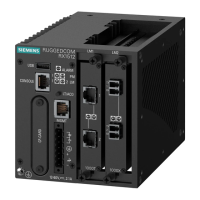
